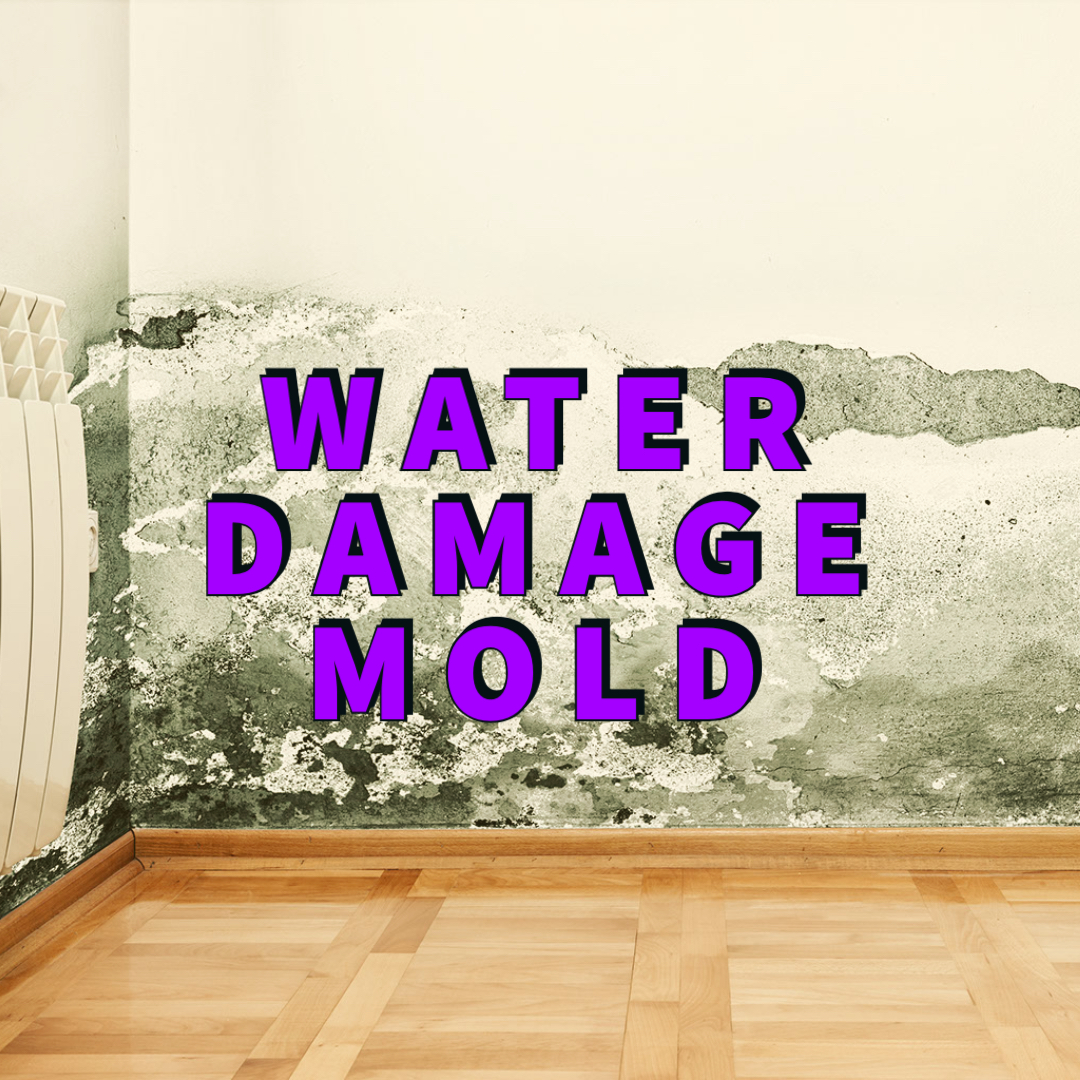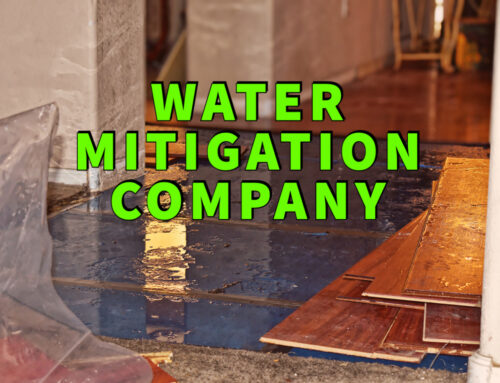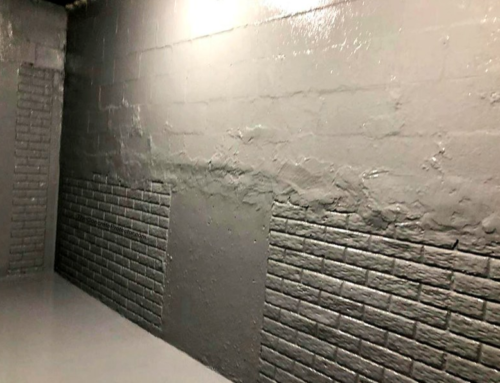Take care of your property’s water damage mold problem before health issues arise!
Water damage mold is a significant issue in water-damaged homes and water-damaged buildings. It can proliferate quickly, causing health issues for those who frequent the property and posing structural problems if left untreated.
Owners must dry water-damaged properties quickly and thoroughly to prevent or minimize water damage. Mold can grow in as little as 48 hours if the property isn’t dried correctly.
This blog post will provide eight foolproof steps that you can take to make sure water damage does not turn into water damage mold.
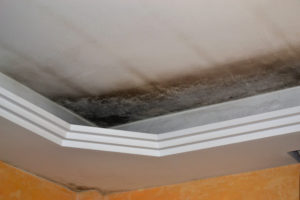
Is water damage mold dangerous?
There’s a baseline level of mold spores in any environment. Problems arise when these mold spores become too concentrated in the air. Mold growth releases mold spores, creating conditions for mold exposure.
Mold exposure of any kind can lead to health issues, and water damage mold is no different—it can lead to allergic reactions and drastically compound existing respiratory problems.
Some of the symptoms of mold exposure include watery eyes, nausea, headaches, and shortness of breath.
Black mold is the most dangerous type of mold growth that occurs in moist conditions. Like all mold types, it grows on damp, musty surfaces. Its name comes from its typical dark color, but it can also look green.
8 steps to water damage mold recovery
Recovering from water damage mold has a lot of common steps with recovering from regular water damage. However, because the likelihood of mold growth is high when dealing with water damage, restoration professionals often take precautionary measures that limit mold growth risk.
Water damage mold does add an extra layer to the process, mainly in the use of safety gear for those performing the restoration. However, since most people don’t have the required equipment, we recommend finding a water damage professional who also has experience with mold remediation.
Property owner (and occupant) safety is the number one priority!
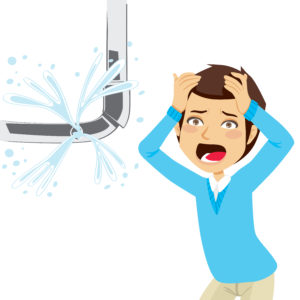
Step 1: Locate the cause of the water damage.
Water damage can come from burst pipes, flooding, water heater issues, or broken appliances. Finding the cause of the problem helps shed light on where water damage could show up.
For example, burst pipes can lead to water damage behind walls, and overflowing washing machines can cause water-damaged baseboards.
Step 2: Stop incoming water from flowing in.
After discovering the source of the leak, stopping the issue limits the potential for further destruction. Dealing with floods on the floor, walls, or ceiling doesn’t last long without addressing the underlying cause.
Step 3: Water extraction
Getting rid of all standing water minimizes how much can escape into unseen crevices and materials in your home. Water damage professionals use industrial vacuums for main areas and specialized equipment for areas with excess moisture detected by their moisture meters.
Step 4: Remove materials with water and mold damage
During this step, everything with water damage mold gets taken from the property. Damaged materials can include carpeting, furniture, or drywall—anything that holds moisture has a high risk for mold growth.
Be extra careful during the step because jostling mold releases spores into the air. Wear protective masks and partition high-mold areas with plastic, so water damage mold spores don’t spread.
Also, take out materials that have water damage but don’t show signs of mold growth. For example, warped hardwood floors and baseboards typically fall into this category—damaged but minimal mold growth due to a lack of absorbed moisture.
Step 5: Clean every surface
Cleaning the room with fungicide kills mold colonies and helps protect against further growth. Application varies based on the surface: sprays, liquid, and gas are all options, depending on the water damage mold in the property.
Step 6: Let the area dry.
With the standing water extracted, mold-affected materials removed, and fungicide applied, drying the affected area becomes the next priority. Water damage mold professionals use industrial fans and filter systems that remove mold spores from the air while lowering the moisture content in the property.
Drying larger rooms and water damage from intense flow rates takes anywhere from a few days to a few weeks. Properties in areas with high humidity also require longer drying times.
Step 7: Make necessary repairs.
The required repairs could include replacing flooring, affected drywall, or baseboards. After this step, your home should be back to its pre-disaster condition.
Step 8: Bring back contents.
Furniture and other contents taken out during the restoration process come back after the completed repairs. Water damage mold professionals have teams that handle salvaging whatever items can go back without reintroducing mold to the environment and scrapping whatever had too much water damage for returning.
A worst-case scenario is when something like a couch wasn’t dried properly, and bringing it back in also brings the water damage mold that got taken care of during the previous steps.
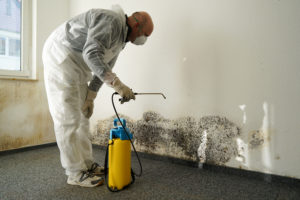
Handling water damage mold in Atlanta
Water damage mold can be dangerous, causing allergic reactions and associated respiratory issues. Without proper training and protective equipment, handling mold can create more extensive problems, like spreading the spores to more areas of the property.
Water damage mold professionals take the necessary steps to prevent exposure by monitoring and treating water leaks promptly and mitigating any water-damaged building materials that may be a source of water infiltration into your home or workplace.
If you are in Atlanta and your property suffers water damage, reach out to the experts at Revere Construction and Roofing. Additionally, if you suspect you have water damage mold, our team can help ensure your property is safe for you and everyone that frequents the space. So give us a call or reach out via our contact page, and we’ll help you recover from your water damage disaster!

